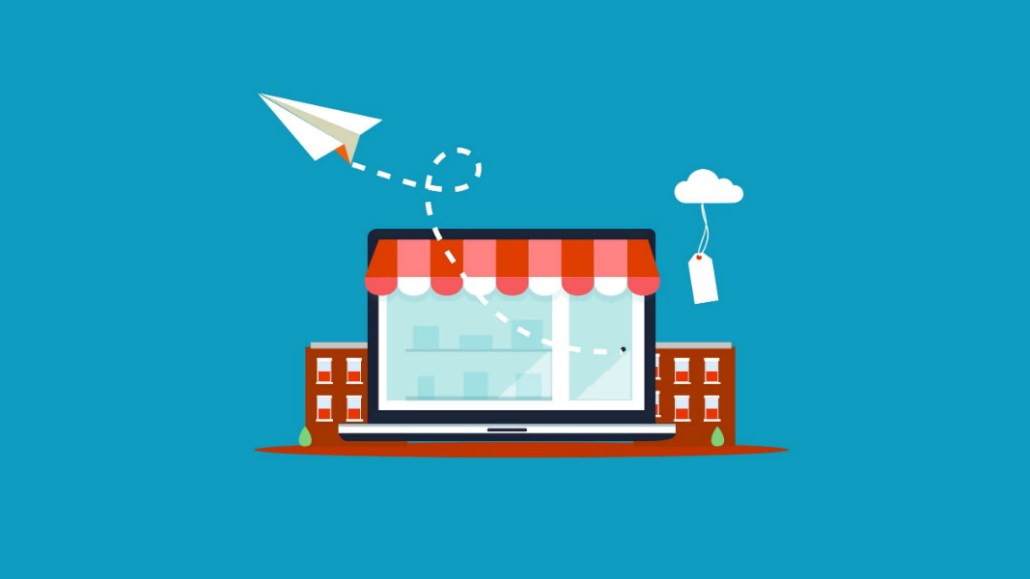
Sarah Bradley, consumer insights manager, ads marketing, Google
While many people have ended some of their early pandemic behaviors, like scrubbing down groceries or finding pandemic-friendly outdoor or in-home workouts, one activity that many have stuck with is knocking out all their shopping online, whether it be for grocery delivery or for new workout gear.
Still, for many businesses, it’s hard to know which consumer shopping behaviors in particular are fleeting and which are here to stay.
To help retailers navigate that uncertainty, Google examined its search data to create the 2021 shopping shifts guide, identifying four key trends for which all retail marketers should be ready. Here’s what our research revealed.
- Digital inspiration powers the journey
Shopping online is no longer just a more convenient way to get goods delivered to the customer’s door. It’s also where shoppers are discovering new products and finding inspiration. When customers roam virtual store aisles, they’re hoping to be excited by what they see, and they are looking for — or stumbling upon — inspiration in surprising places, sometimes when they aren’t even looking.
For example, in a February 2020 Google/Talk Shoppe survey of 2,000 video users ages 18–64, consumers said that they discovered new brands during lockdown, and 70% purchased from a brand after seeing a video on YouTube. - Shoppers’ values steer supportive spending
Increasingly, shoppers are putting their money where their values are — whether it’s sustainability, corporate responsibility or racial equality. Not surprisingly, according to Google Trends data looking at year-over-year growth for search interest in a single week, searches for “ethical brands” and “ethical online shopping” grew 300% and 600% in 2020 from 2019, respectively. Additionally, the number of global searches seeking out “black owned shops” grew by 9X year over year (Google Data, April–June 2020 versus April–June 2019). - Consumers count on convenience more than ever
With so many retail operations closed or operating under limited conditions, curbside pickup and same-day delivery became staples for many people. Global searches for “along my route” (+1,000%) and “curbside pickup” (+3,000%) both soared year over year (Google Data, March–May 2020 versus March–May 2019). Convenience became a key differentiator for retailers who were able to quickly pivot.
Consumers have grown accustomed to having shopping options and will likely continue counting on them even as pre-pandemic behaviors return, creating a new post-pandemic shopping norm. - Unpredictability drives dynamic demand
One thing marketers can definitely predict is that the world will remain unpredictable. As governments around the globe adapt to local changes and work to safely reopen, what shoppers need will adapt with it. Businesses saw this during lockdown, as people rediscovered old hobbies and adopted new habits. For example, year over year global English searches for “candle making kits” were up 300% (Google Data comparing November 2020–January 2021 with the same period in 2019), while searches for “patio heaters” increased by 600% as people moved to eating outdoors (measuring August–October 2020 against the same period in 2019).
These insights are driving action for advertisers. They are working to create meaningful, contextual moments in unexpected places, and they are listening to the data to dovetail their messaging with the values their searches reveal. Leavened with convenience and bolstered by what the data shows to be rising demand in particular products and categories, the uncertainties around post-pandemic shopping behaviors is lifting. It’s the data, in 2021 — and the insights it’s driving are opportunities to meet customers in the way they shop today.
A version of this article originally appeared on Think With Google.
More from Digiday

After watching X’s ownership issues play out, marketers brace for TikTok whiplash in 2026
TikTok’s ownership drama has echoes of X (formerly Twitter), but ad performance has kept marketers for fleeing—for now.

‘There’s no room for purists’: Generative AI is altering the agency junior talent search
AI is altering agency business models. It’s altering the skills they’re hiring for and where they’re hiring them from, too.

For platforms, here’s what’s not going to happen in 2026
Rather than the traditional platform predictions, this is a list of what Digiday believes won’t happen next year.





